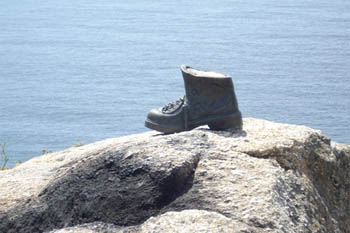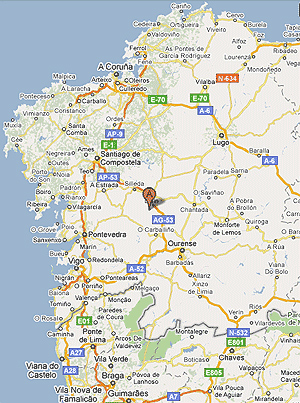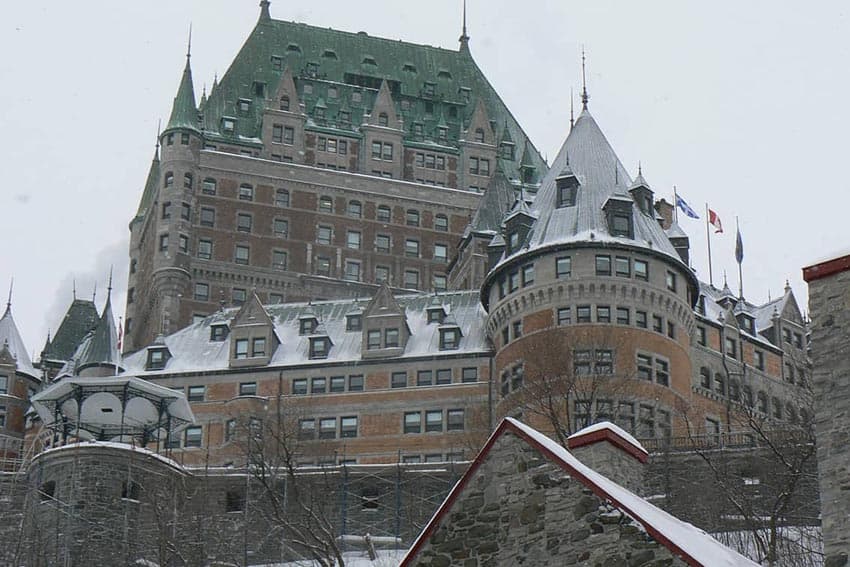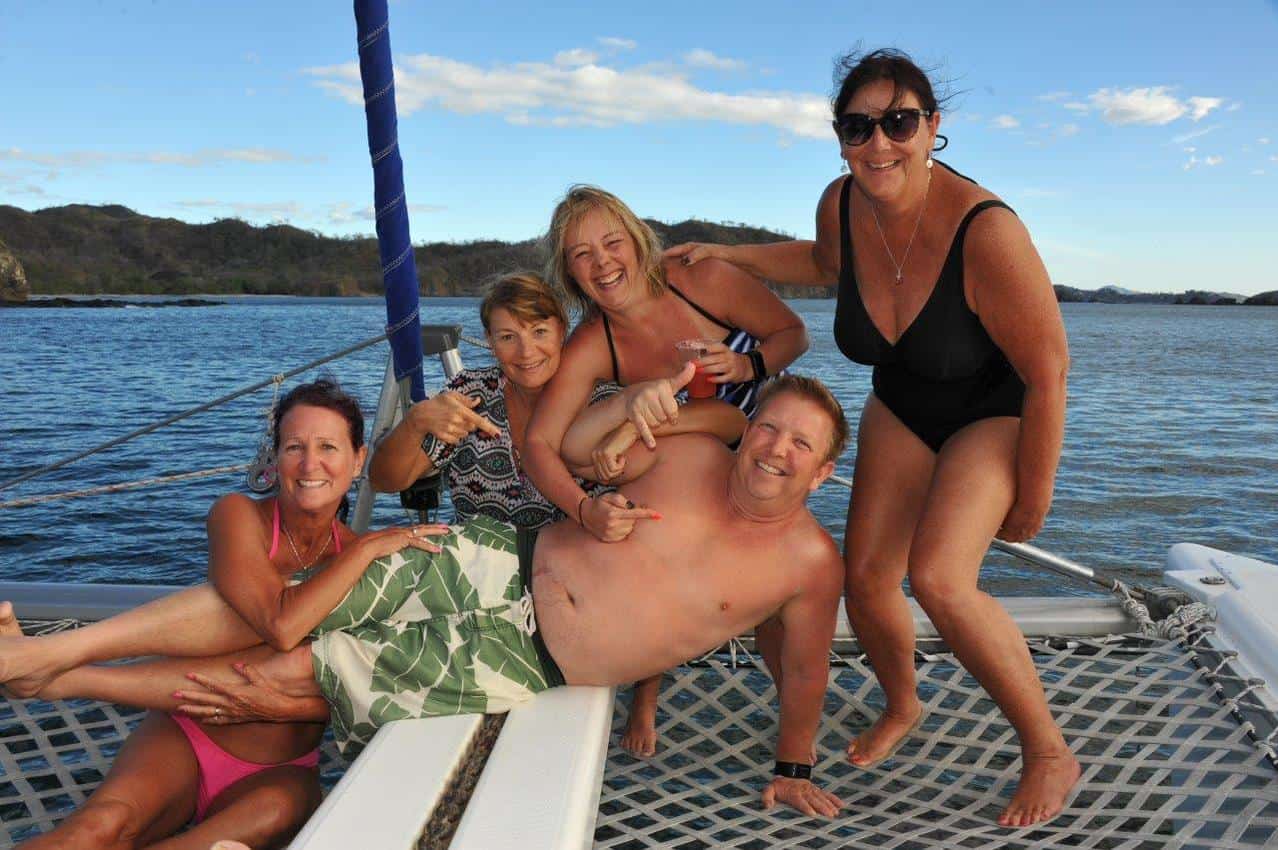
Galicia, Spain: The jewel of Northwestern Spain
By Inka Piegsa-Quischotte

Galicia, the north/western province of Spain attracts fewer foreign visitors than the rest of the country. This is a pity really because Galicia is a treasure trove of landscapes, historical sites, culture and cuisine.
From the rugged Atlantic Coast of Death to the white beach of the Islas de Cies, woods, rolling green hills and peaceful rias of the Fragas do Eume to the world’s oldest operating lighthouse, The Tower of Hercules in La Coruna, you can spend several weeks being surprised by ever-changing and unexpected sights.
Not to mention the local tales of shipwrecks, witches and the devil, which bear witness to the Celtic origins of the province.
Introduction to Galicia
This guide to Galicia, the province located in the north of the Spanish peninsula focuses on two issues:
To cover the less known regions like Vilalba, Pontedueme, and Monfero as well as an overview of Santiago de Compostela, Vigo and other more popular regions.
On travel by a single woman, mostly using public transport instead of a hire car.
History
Galicia´s rather sparse population is of Celtic origin, a fact which is reflected in many legends, tales of witchcraft and other beliefs as well as the playing of the bagpipe. The Visigoths came to Galicia in the sixth century. It was also colonized by the Romans and in the 11th century, became a subkingdom of Castille.
In the times of Franco, Galician language and heritage were suppressed and is now experiencing a big survival. In fact, the first language is Gallego and the second Spanish.
Weather

Galicia is well known for its lush vegetation, dense forests, agriculture and cultivation of the camelia. All that green is due to a mild but rather humid climate with abundant rain, particularly in fall and winter.
There can be occasional hot days in summer which allow enjoyment of the many beaches, but overall an umbrella, sweater, and a light raincoat should be packed on any trip at any time of the year.
Getting Around
All major cities like Santiago de Compostela, Vigo, Lugo and La Coruna have airports with plenty of flights to Madrid and connections to anywhere in the world. Hire cars are available at the airports and railway stations, but this guide focuses on the use of public transport, which, generally speaking, is poor compared to the south of Spain.
Long-distance coaches connecting, for example, Vigo to La Coruna run about two to three times a day and depart from central bus stations. Trains between the major cities run frequently, but local buses from village to village are sparse and the timetables are unreliable.

Buses do stop when a hand is raised but bus stops are often difficult to find because they are not clearly marked. If travel time is limited, the hire of a car is recommended or else the use of a taxi. In smaller villages, the price for the trip should be agreed beforehand as not all run on meters.
People interested in history, medieval architecture, bridges, religious art, hikers, birdwatchers, beautiful, clean and rather empty but cool beaches, dense and green forests, boat trips and dramatic coastlines will all enjoy Galicia.
Who Should Go?
It´s not a place for a lazy, sunbathing holiday but ideal for adventurous spirits and people who don´t mind walking a lot.
Single Woman Traveler
A woman traveling alone is of course, primarily concerned about safety, and Galicia is high up on the ranking of safety. The usual precautions need to be observed like anywhere in the world, but, even at night time, the streets of cities like La Coruna or Vigo feel safe and women are not accosted. In rural areas, safety is even greater, with many people leaving their cars unlocked and their doors open.
As far as accommodation is concerned, single travelers always have to pay more for single rooms. Galicia is no exception. The cost can be reduced by planning ahead and booking hotel rooms on the internet, On the other hand, hotel rooms are not as expensive as elsewhere. A very decent single room in La Coruna costs about €56, breakfast include and the cheapest was €25 in Finisterre.
Vigo

Vigo is considered as our starting point to interesting excursions. The city itself is the largest in Galicia with over 300,000 inhabitants and features a very important port overlooking the Atlantic Ocean.
Vigo is very well connected with the rest of Galicia and Spain in general by road, airport, and railway. For seafood fans, here is a tip that should not be missed.
Go to the port to the part opposite the Club Nautico, then cross over the pedestrian bridge and down on the other side, where you come to La Piedra.
It´s the old fish market and today, stall after stall offers fresh oysters. The visitor selects his choice, then takes his plate to the restaurants behind the stalls, orders his drinks, and enjoys a seafood festival.
The Club Nautico is also the starting point for a day trip by boat to the beach and nature reserve of the Islas Cies, an unforgettable event. Make your reservation and buy your ticket beforehand at the ticket counter. Especially in summer, the ferries are much in demand and otherwise, you may not find a seat.
The company running the boats is called Mar de Ons and the round trip costs €18.50 per adult. The crossing takes half an hour by catamaran ferry.
Cies and several other islands are located in the Atlantic Ocean opposite the mouth of the Ria de Vigo, an entire landscape that forms the Rias Baxas region of Galicia. Heading into Cies, you will already see the miles-long white sands of Playa de Rodas, a beach that calls itself the best beach of the world. It may be an exaggeration, but it´s truly spectacular nevertheless.
Several hiking routes of a variety of difficulties crisscross the island, which is also a nature reserve. All of them are color-coded and clearly marked and explained in the leaflet you obtain when buying your ticket, so you can choose in advance and bring appropriate footwear if you wish to do more than just lounge on the beach and swim in the crystal clear water.
Bring trash bags, as there are none on the island and it is strictly prohibited to drop any trash. With the exception of one service car, there are no vehicles allowed on the island, but there is a camping site, where you can even rent tents if you fancy an overnight stay.
Vigo and surrounding areas, including the islands, have the best climate in Galicia, so you have a good chance of catching sunny and warm days to enjoy the trip.
Bayona
A drive south of about 45 minutes along the Ria de Vigo leads to Bayona. The pretty seaside town is located quite close to Portugal and the port is dominated by the vast Monte Real Castle. The fortress and castle can be visited and, as it is today one of Spain´s most luxurious paradors, at least a refreshment can be enjoyed after taking in all the magnificent views of the sea.
When returning back to port, watch out for another important sight to visit: the replica of the Caravela Pinta, one of the three ships Columbus set out with when crossing the Atlantic for the first time in 1492.

‘Pinta’ was actually a nickname; the real name of the ship is unknown. Her captain was Martin Alonso Pinzon and the Pinta, which was the fastest of the three, the other two being the Nina and the Santa Maria, reached Bayona first in 1493 to bring the news of the discovery of the new world.
The replica, anchored in the port of Bayona, can and should be visited. It´s a unique experience to see in what conditions the adventurers and explorers of over 500 years ago defied the seas.
On boarding the ship, a replica of Captain Pinzon greets the visitor. A steep ladder leads into the hold, where further reproductions of the supplies the sailors took with them and the treasures they brought back, are on display.
Surprisingly, there is no signpost or indication to direct visitors to the historical ship. You have to look for it among the other many and much bigger sailboats and yachts which populate the port of Bayona. Admission is €1.
The best time to visit Galicia is from May to September. Winters are cold and wet and even in the height of summer, cold spells and rain showers can be expected. But the many sights and discoveries that await the visitor more than make up for a few wet feet.
Eurail Passes: What to Know about Buying a Europe Train Pass
- Cruising by Yacht to Indonesia’s Raja Ampat - April 2, 2019
- Bursa, Turkey – Travel Inspired by Two Famous Puppets - September 29, 2016
- Poland: Castles & a Gold Rush in Lower Selisia - May 30, 2016





